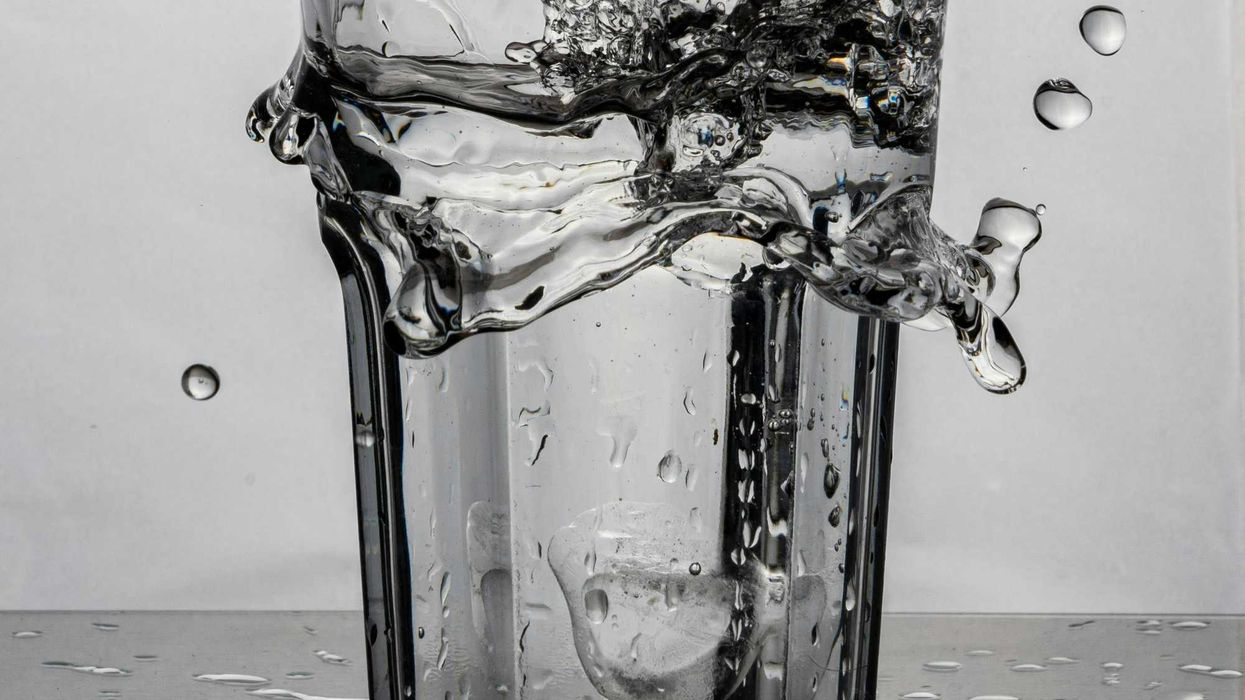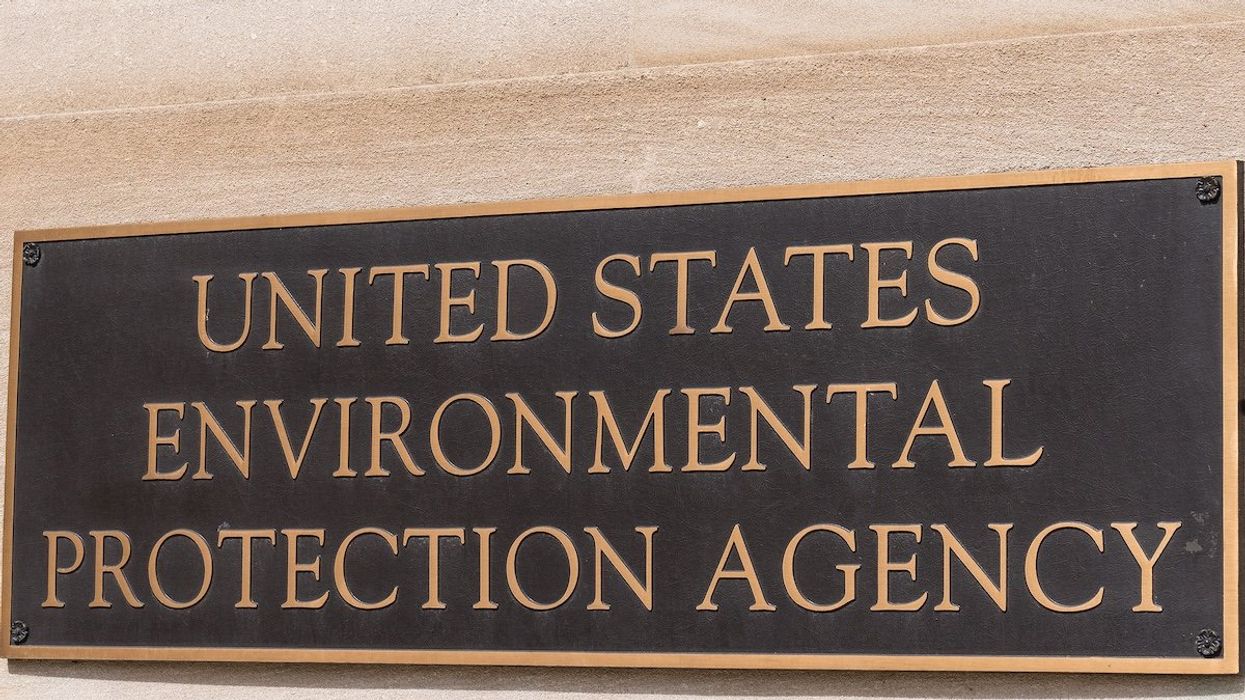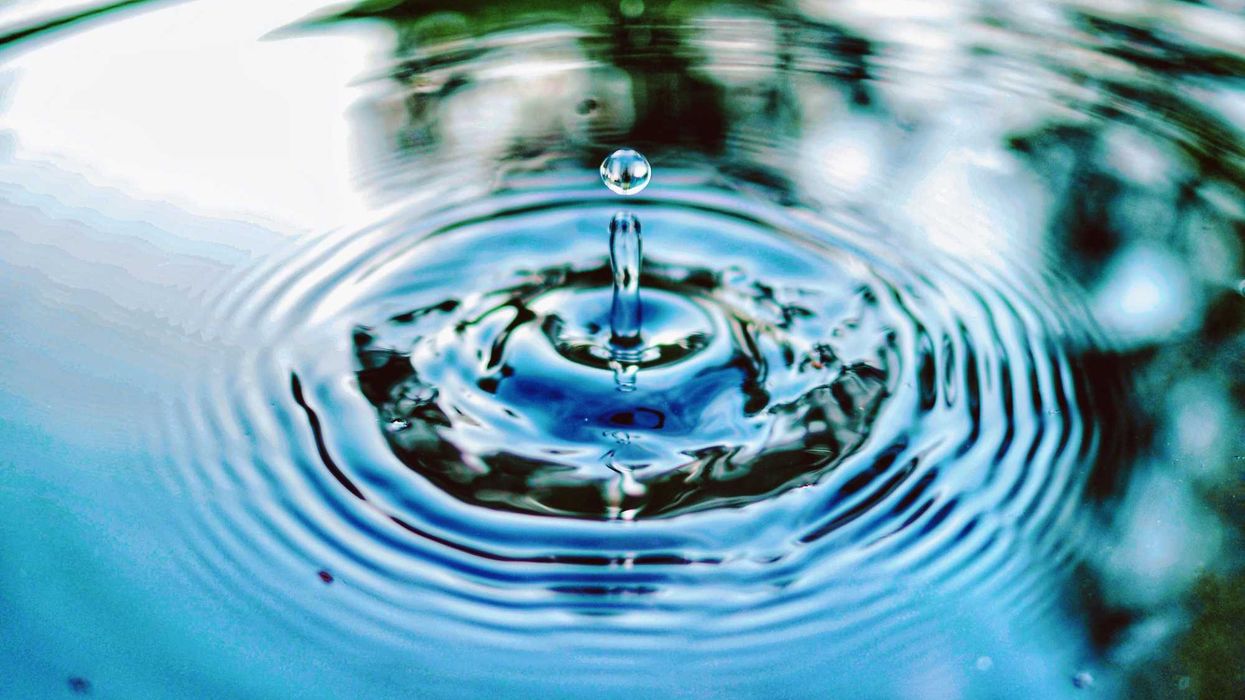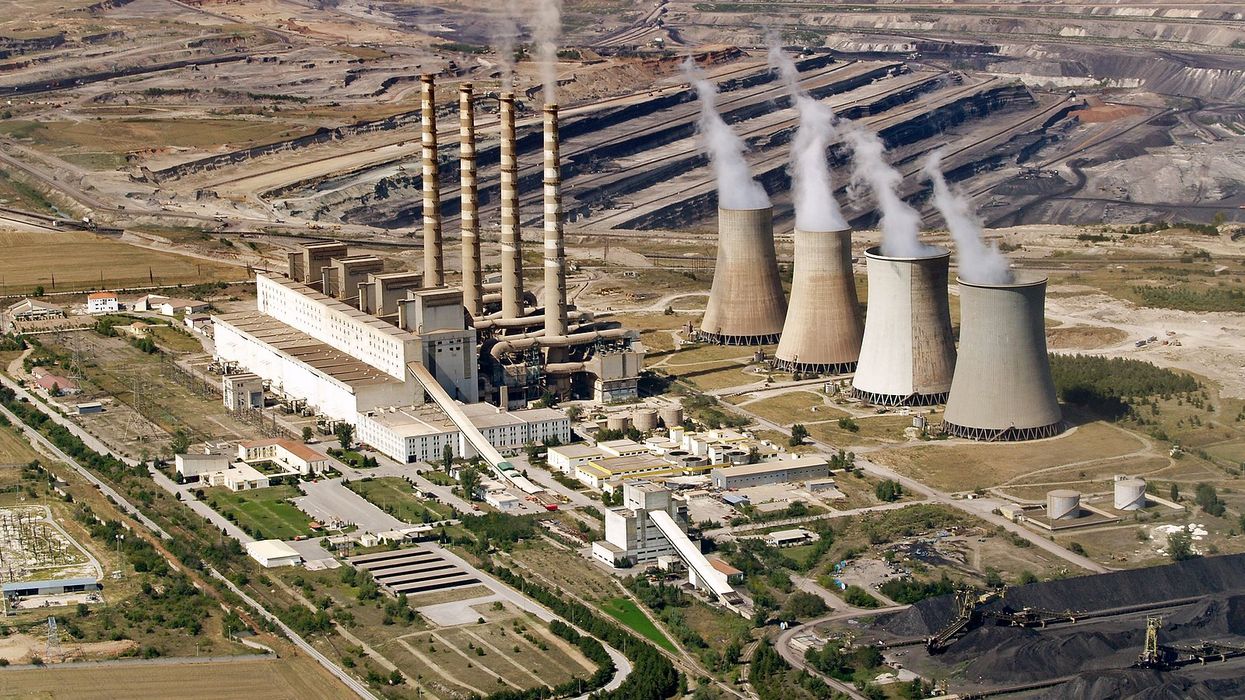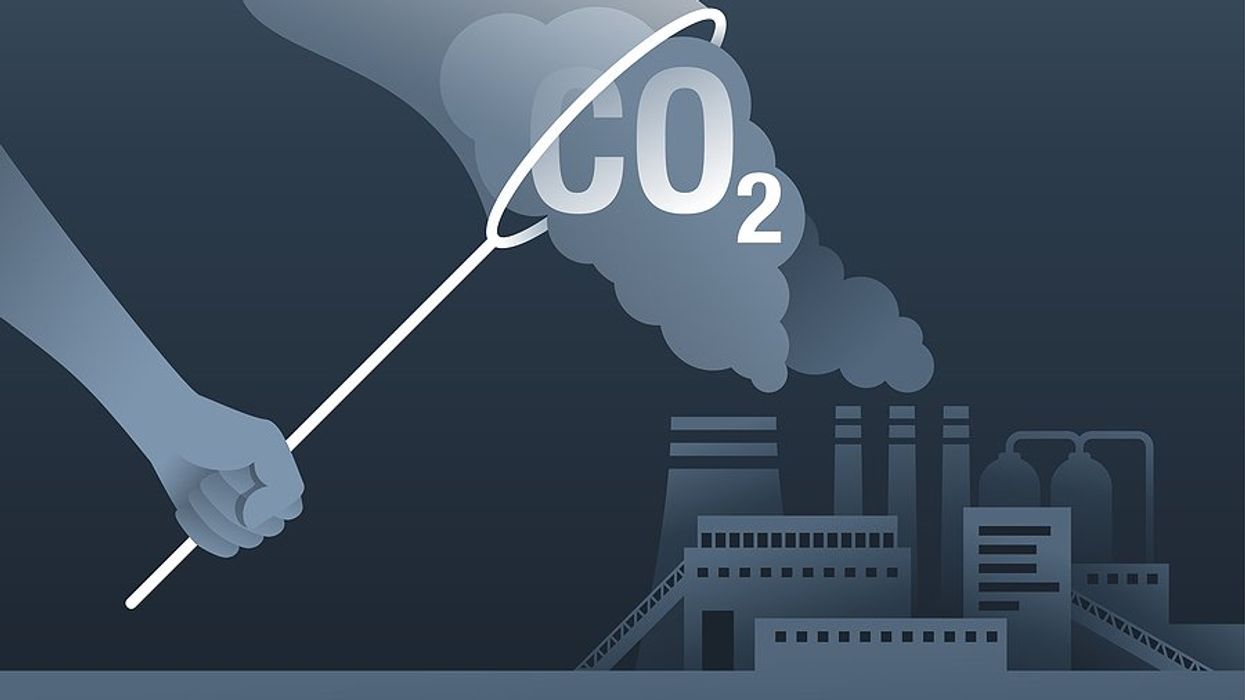Rocket re-entries and launches contribute more to air pollution than previously recognized, with emissions rising as satellite megaconstellations grow.
Gary Fuller reports for The Guardian.
In short:
- A new inventory shows that from 2020 to 2022, rocket launches and re-entries released significant pollution, including from 63,000 tonnes of rocket fuel in 2022.
- Satellite megaconstellations like Starlink and OneWeb require frequent launches and low orbits, increasing the volume of material burning up on re-entry.
- Pollutants from re-entries, such as nitrogen oxides and metal-oxide particles, harm the ozone layer and linger in the atmosphere, with some effects lasting decades.
Key quote:
“We were most surprised by the increase in material falling back to Earth … and how quickly emissions from megaconstellations are growing.”
— Dr. Connor Barker, University College London
Why this matters:
Rising emissions from space activities threaten air quality and could worsen climate change. Pollutants from re-entries, including soot and aluminum oxides, have long-lasting impacts on the ozone layer, which helps shield life from harmful ultraviolet rays.
Related: Mining the heavens: companies pursue space resources




